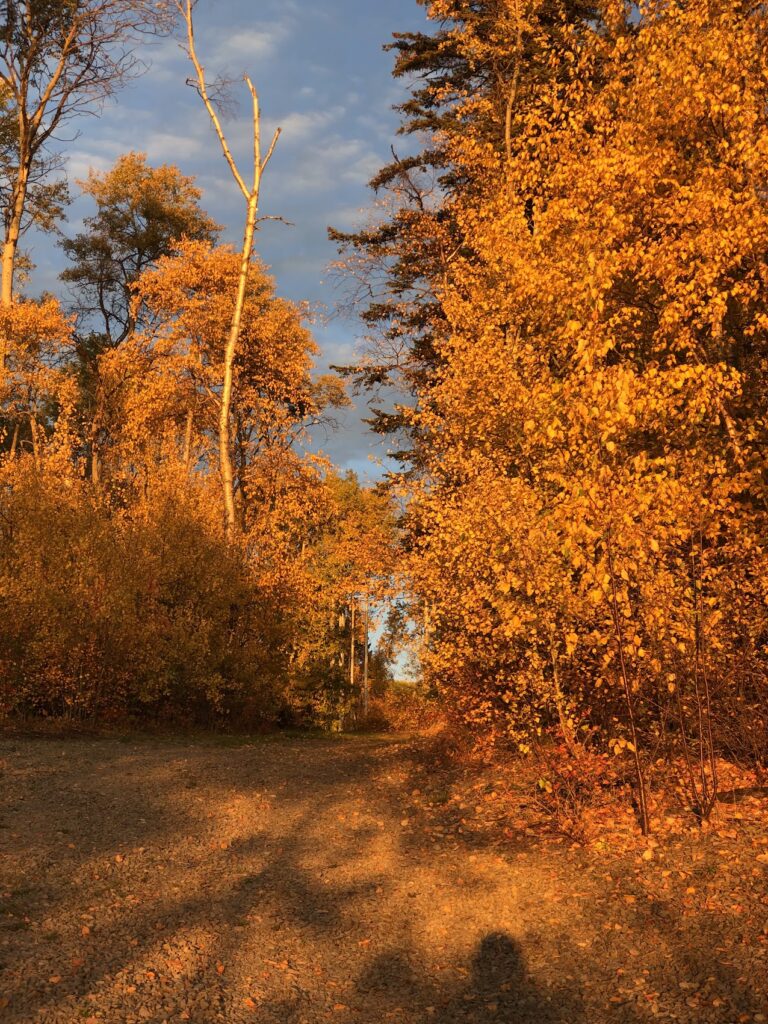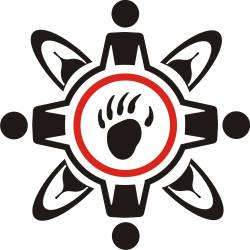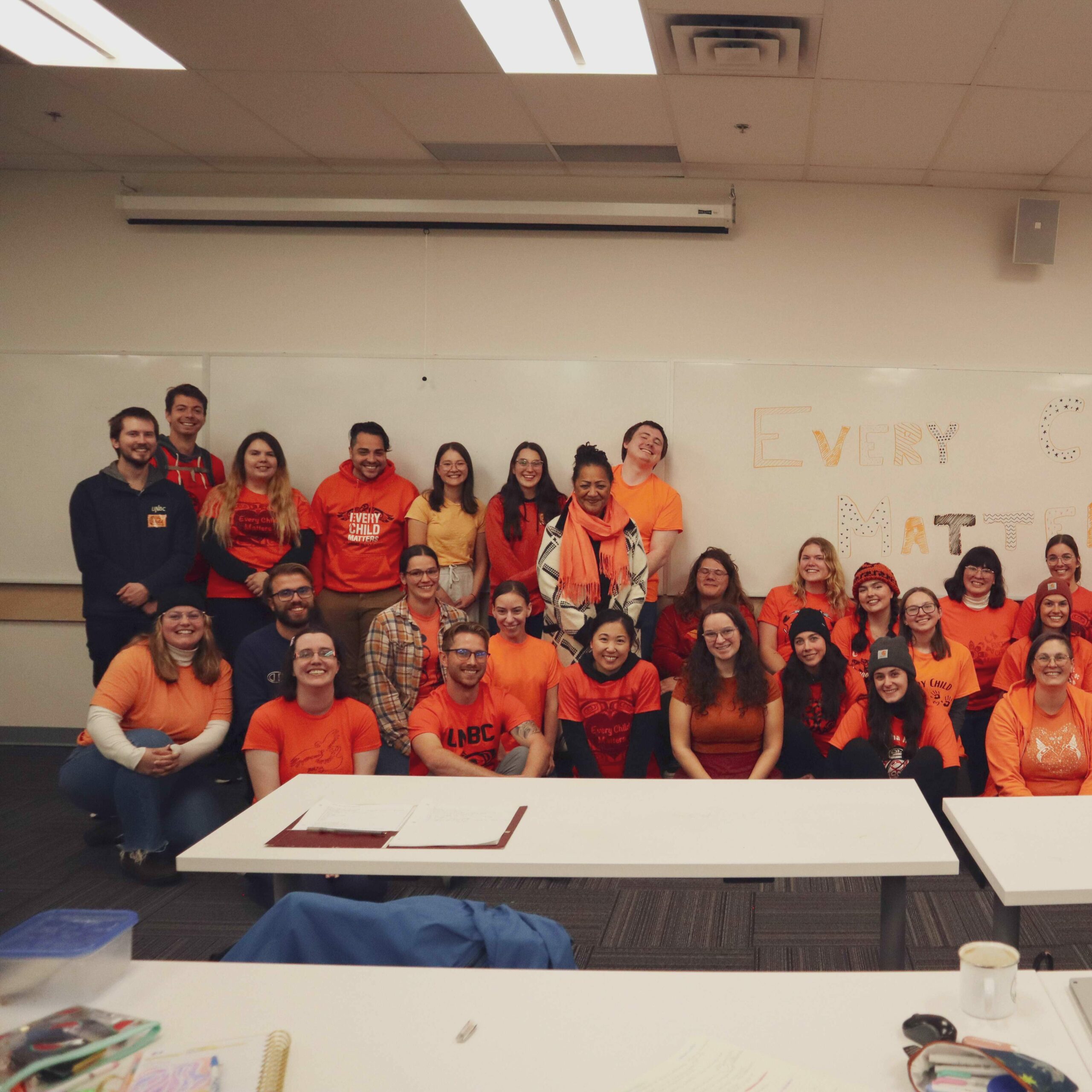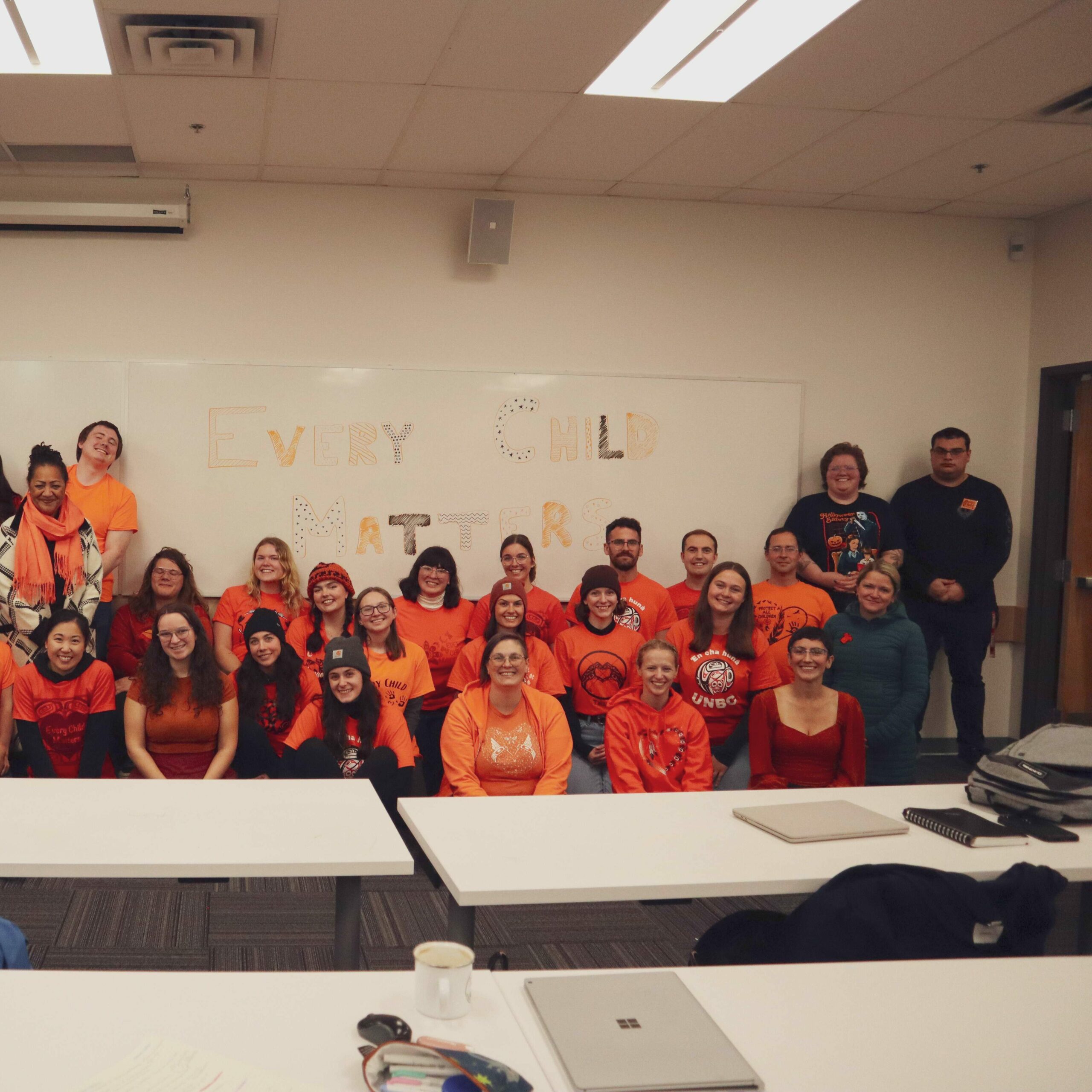The KAIROS Blanket Exercise is a practice in truth and reconciliation that positions participants within the Indigenous POV of historical interactions and events from Canada’s history and prehistory. Participants are asked to stand together on blankets that are lying on the floor next to each other, forming a land mass representing the Canadian part of the northern American continent. Then certified facilitators work through a text, inviting some participants to read scrolls, interact, shrink their blanket surface area, or step off of blankets to represent historical events of Indigenous experiences. The history that is enacted in this exercise spans from pre-European contact to the present day.

This was my second time participating in the KAIROS Blanket Exercise (KBE). Both times I found the experience to be deeply stirring at unexpected times. I’ve realized that I’d actually really like to be able to facilitate the exercise, so I’m going to keep my eyes and ears open for the opportunity to get certified. This interest pushed me to do some research on the KBE, and I’d like to share what I found.

The KAIROS Blanket Exercise was created by KAIROS Canada, in response to a report released in 1996 by the Royal Commission on Aboriginal Peoples (RCAP).
This Commission was charged with studying the relationship between the Canadian government, Canada as a society, and Indigenous People’s not long after the incidents of the Kanesatà:ke resistance (Oka crisis) in 1990.
Photo of RCAP Logo from Government of Canada Website
“In the wake of the Oka Crisis and Meech Lake Accord, Canada established the Royal Commission on Aboriginal Peoples as part of their response to concerns and criticism raised by Indigenous groups. The Commission’s mandate was to study the relationships between Indigenous peoples, the government, and Canadian society as a whole. The Commission travelled across Canada, hosting meetings with Indigenous groups and individuals to talk about issues affecting these relationships. Survivors attending these meetings raised the profile of residential schools, calling attention to the injustice and trauma of the residential school system.”
Indian Residential School History & Dialogue Centre Collections

Photo of KAIROS Blanket Exercise Logo from KAIROS Canada website
KAIROS, a movement made up of various Christian Churches with the goal of promoting ecological justice and human rights, therefore collaborated with Indigenous elders, knowledge keepers, as well as educators, to create KBE: a tool for experiential learning about the relationship that the RCAP had studied.
If you’d like to read more about the RCAP and its consequences today, check out Métis journalist, Kyle Muzyka’s CBC article, or check out the Indian Residential School History & Dialogue Centre Collections in the links at the bottom of this post. Information about KAIROS is available on their respective website as well.



Image created by Andy Emerson from K’ómoks First Nation for Every Child Matters movement. Photo by Talia Grace.
Works Cited
Government of Canada, www.rcaanc-cirnac.gc.ca/eng/1100100014597/1572547985018. September 15, 2010. Accessed October 19 2023.
Indian Residential School History & Dialogue Centre Collections, collections.irshdc.ubc.ca/index.php/Detail/entities/1209. UBC, Accessed October 14 2023.
Kairos Blanket Exercise, www.kairosblanketexercise.org/. Accessed 14 Oct. 2023.
Muzyka, Kyle “How the legacy of the Royal Commission on Aboriginal Peoples lives on, 25 years later” CBC Radio. November 19, 2021. Accessed October 14 2023.